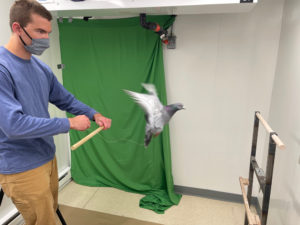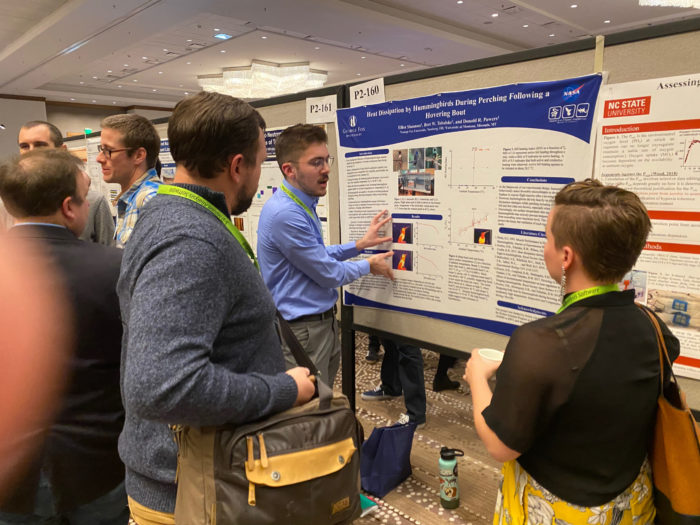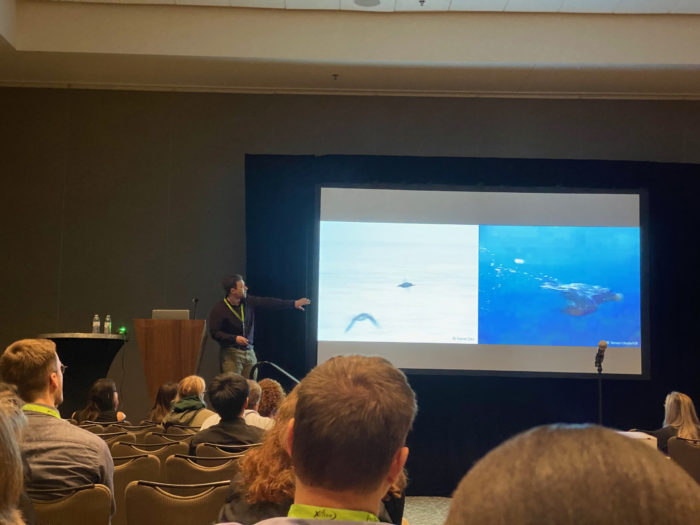We went back to the University of Montana Flight Lab in May to continue our long-term collaboration with Bret Tobalske’s lab on flight energetics and biomechanics of hummingbirds. This year we were joined by Bret’s Ph.D. (actually newly minted Ph.D.) Tony Lapsansky who has been collaborating with us on the heat study and Doug Warrick from Oregon State University. This year we got to use Bret’s new high-speed particle imaging velocimetry (PIV) system to look at the biomechanics of escape maneuvers as well as hovering and forward flight. This PIV system is pretty amazing in that a 2 second measurement gives us more information than we could collect in a week with the system we used for the 2005 Nature paper on rufous hummingbirds. All-in-all a really productive week!
 Nature
Nature Science
Science- AI may upend online studies critical to social science December 19, 2025
- When creating images, AI keeps remixing the same 12 stock photo clichés December 19, 2025
- Bell Labs 2.0? Silicon Valley bets on science with no strings attached December 19, 2025
 AJP – Regulatory, Integrative and Comparative Physiology
AJP – Regulatory, Integrative and Comparative Physiology- GPER1 Activation Regulates Renal Purinergic P2Y2 Receptor Natriuretic Pathway December 20, 2025
- Biological aging and sex differences in cholinergic sweating: from young adults to the elderly in their 80s and beyond December 17, 2025
- Neonatal hyperoxia exposure does not exacerbate hypertension programmed by maternal obesity December 17, 2025
Powers Lab Links






























